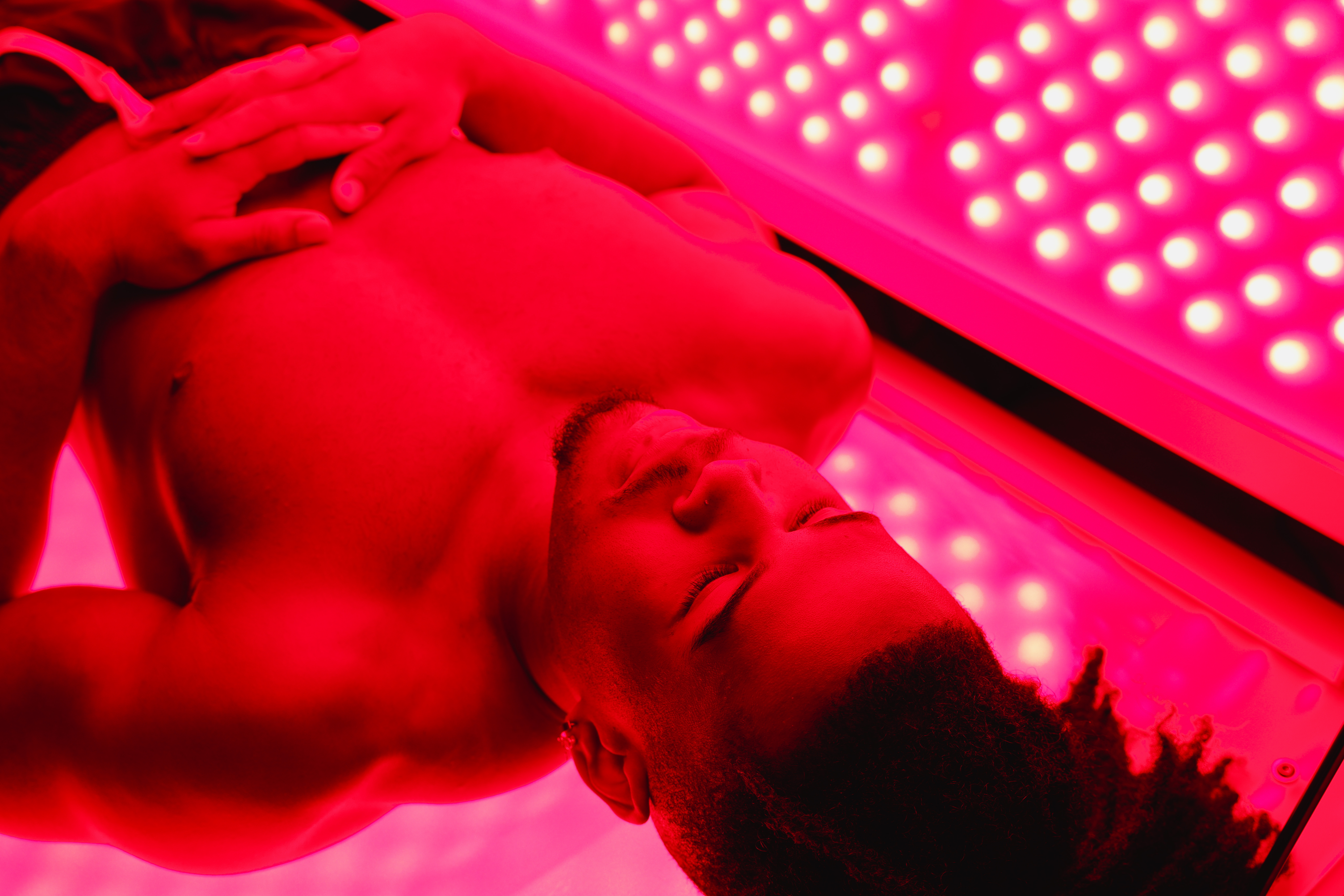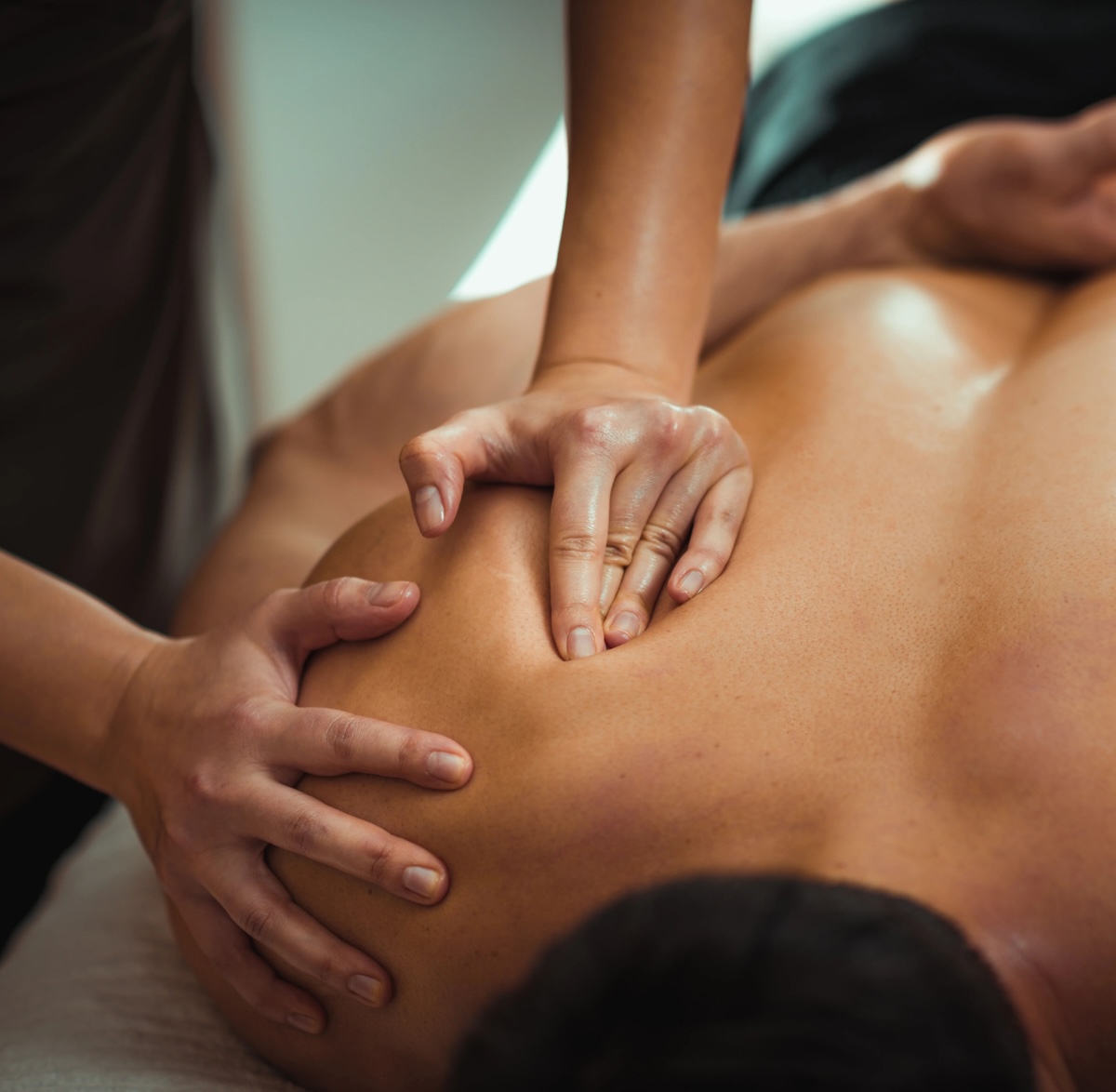- Linkedin Share
- Twitter Tweet
- Email Share
- Copy link Copy link Copied to clipboard
Red Light Therapy (RLT), also known as photobiomodulation (PBM), has gained significant attention for its potential health benefits, ranging from skin rejuvenation to muscle recovery. By using low-level wavelengths of red and near-infrared light, RLT stimulates cellular energy production, reduces inflammation, and promotes healing. But how can you implement RLT to achieve the best results? Heather Garrick, a wellness expert at Third Space, shares her insights on optimising this powerful therapy.
Understand the Science
Before diving into RLT, it’s essential to understand how it works. RLT operates through photobiomodulation, where specific wavelengths of red and near-infrared light penetrate the skin and interact with the mitochondria in cells. This interaction boosts the production of adenosine triphosphate (ATP), the energy currency of cells, which enhances cellular function and promotes healing. As Garrick explains, “RLT is essentially a way to boost your cells’ ability to repair and regenerate by enhancing their energy production. This leads to a range of benefits, from improved skin health to faster recovery after exercise.”
The Technology
The effectiveness of RLT largely depends on the device you use and the wavelengths of light it emits. Garrick advises selecting a high-quality RLT device that offers a combination of red light (typically in the 630-660 nanometer range) and near-infrared light (around 800-850 nanometers). “The right wavelengths are crucial because they determine how deeply the light can penetrate the skin,” she says. Red light targets the surface of the skin, making it ideal for treating issues like wrinkles and scars, while near-infrared light penetrates deeper, benefiting muscles and joints.
When choosing a device, consider its irradiance, or the power output of light. Higher irradiance allows for shorter treatment times and deeper penetration. Garrick recommends, “Look for a device with an irradiance of at least 100mW/cm², which ensures you’re getting enough power for effective treatment.”
Establish a Consistent Routine
Consistency is key when it comes to RLT. To achieve noticeable results, it’s important to incorporate RLT into your daily or weekly routine. “Like any other therapy, the benefits of RLT compound over time,” Garrick notes. She suggests starting with 10-20 minute sessions, 3-5 times a week, depending on the area of treatment and your specific goals.
For skin-related issues, such as acne or wrinkles, Garrick recommends beginning with daily sessions for the first 4-6 weeks, then gradually reducing the frequency as improvements are observed. For muscle recovery and pain management, 3-4 sessions per week are generally sufficient. “Make sure to follow the manufacturer’s guidelines on distance and duration to avoid overexposure,” she adds, emphasising the importance of patience, as results can take time to manifest.
Red Light Therapy, or photobiomodulation, offers a wide array of health benefits when used correctly. By understanding the science behind RLT, selecting the right device, maintaining a consistent routine, and complementing it with healthy practices, you can optimise your results.
As Garrick highlights, “RLT is a powerful tool in your wellness arsenal, but like any tool, its effectiveness depends on how you use it. Stay consistent, patient, and mindful of your overall health to achieve the best outcomes.”



